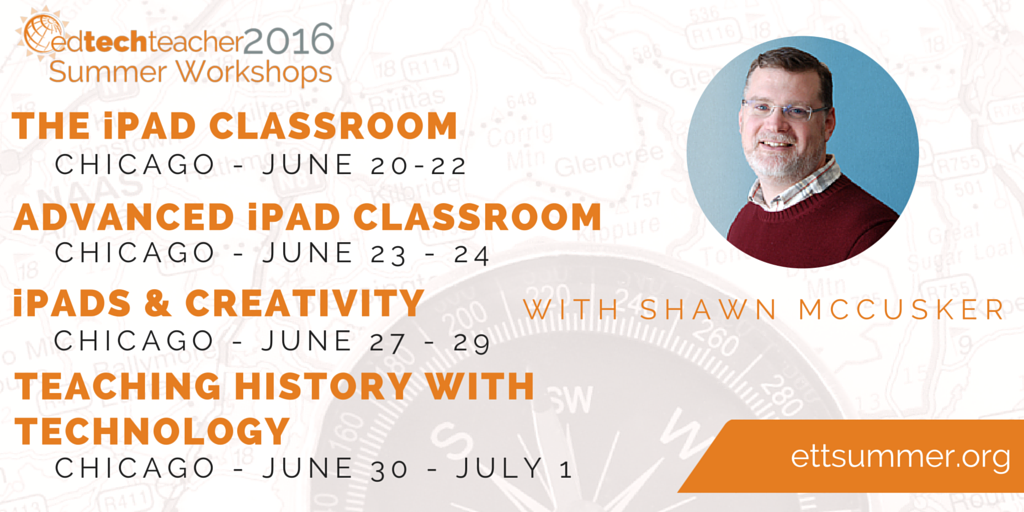This post first appeared on Edudemic.
When students write a paper, it goes without saying that they must cite the sources that they use in creating it. For generations, students have created note cards to document and organize these resources and/or submitted a bibliography page with their finished work.
In the modern classroom, student research and creation has taken on a new look. Before, when students created a poster, and then separately handed in a bibliography page to the teacher, justice was done and fair credit was given for the ideas used.
However, as widespread sharing of these projects becomes more common, and the internet allows students to reach an audience far beyond the school or classroom, we need to re-evaluate this procedure and address our responsibility to share these sources – not just with the teacher or school, but with all who might consume the project.
Without readily available sources to review, the audience cannot truly evaluate the validity of the project. They are left with what might be a beautiful and elegant project (the product) without knowing the sources used to construct it (the process).
Sharing sources with an audience is how we can focus on the PROCESS of creation rather than seeing only the PRODUCT.
Sharing Sources of Student Work
1. Include citations for individual pieces of information within the products themselves. This method has the advantage of sharing the sources with those who are consuming the project. For a classroom, this further engages the class in evaluating the sources that are used and allows them to ask “is that a valid source?” or “does that source have a perspective or a bias?”
2. Have students create a traditional bibliography page in Google Drive and include a link to it on their project. This will increase the likelihood that students will explore sources and evaluate projects at a deeper level. The same could be done with Evernote or a shared document in Dropbox.
3. For traditional paper projects, science fair projects, posters, mobiles or other display work, have the students provide a shortened URL to let others find and explore their works cited as they view the product. This will also work for electronic work such as Prezis, Glogsters, Popplets, Google Presentations or online videos. Shortnened URLs can be created at tinyurl.com or by using chrome extensions such as goo.gl URL shortener.
4. In place of a Tiny URL, use a QR code to link viewers to works cited. QR codes can be created for free using QR Kaywa or QRCode Monkey. QR codes are an image file that can be easily added to online projects, and are equally effective when added to the end of videos.
In our information-rich world, accessing information is a daily activity, making it essential to credit the sources being used. This is no less true in elementary school, high school or college. The “Culture of Creation” that emerges in connected classrooms makes this even more important, and putting it at the forefront of creation will allow for a healthy and necessary evaluation of how classwork is created and the ideas used to do so.



